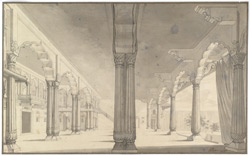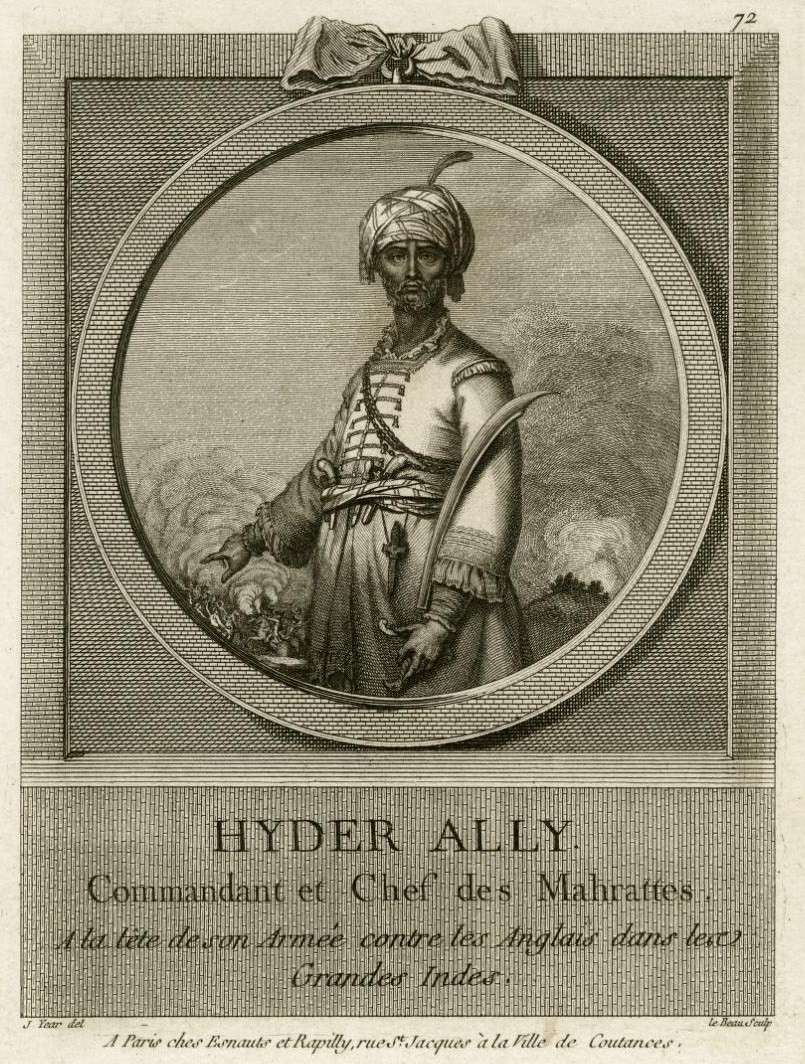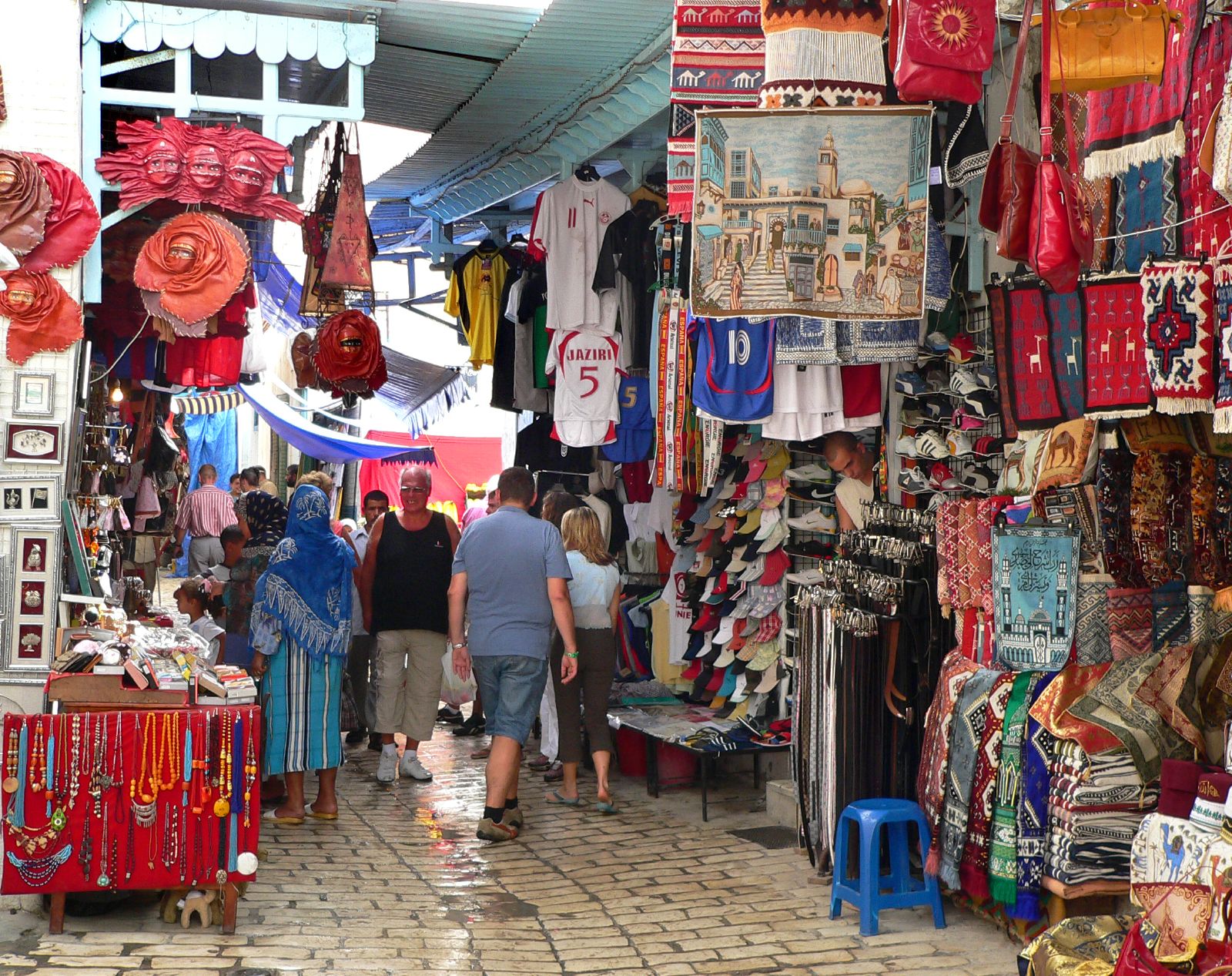|
K. R. Market
K R Market (Krishnarajendra Market), also known as City Market, is the largest wholesale market dealing with commodities in Bangalore, India. It is named after Krishnarajendra Wodeyar, a former ruler of the princely state of Kingdom of Mysore, Mysore. The market is located in the Kalasipalyam, Kalasipalya area, adjacent to the Tipu Sultan's Summer Palace, on Mysore Road at its junction with Krishnarajendra Road. It is the first locality in the whole of Asia to get electricity and considered to be one of the biggest flower markets in Asia. History K R Market was established in 1928. The location of the market is said to have been a water tank and then a battlefield in the 18th century during the Anglo-Mysore Wars. From the British era, two buildings remain, at the front and back of the market area. Present day A new concrete 3-story structure was erected in the 1990s between the two older buildings to provide more space for vendors and better overall conditions. At the basement ... [...More Info...] [...Related Items...] OR: [Wikipedia] [Google] [Baidu] |
Bangalore
Bangalore (), officially Bengaluru (), is the capital and largest city of the Indian state of Karnataka. It has a population of more than and a metropolitan population of around , making it the third most populous city and fifth most populous urban agglomeration in India, as well as the largest city in South India, and the 27th largest city in the world. Located on the Deccan Plateau, at a height of over above sea level, Bangalore has a pleasant climate throughout the year, with its parks and green spaces earning it the reputation as the "Garden City" of India. Its elevation is the highest among the major cities of India. An aerospace, heavy engineering and electronics hub since the 1960s, Bangalore is widely regarded as the "Silicon Valley of India" because of its role as the nation's leading information technology (IT) exporter.——— In the Ease of Living Index 2020 (published by the Ministry of Housing and Urban Affairs), it was ranked the most livable Indian ... [...More Info...] [...Related Items...] OR: [Wikipedia] [Google] [Baidu] |
Krishnarajendra Wodeyar
Maharaja Krishnaraja Wadiyar IV (Nalwadi Krishnaraja Wadiyar; 4 June 1884 – 3 August 1940) was the twenty-fourth maharaja of the Kingdom of Mysore, from 1902 until his death in 1940. He is popularly called ''Rajarshi'' ( sa, rājarṣi, lit=sage king), the name which was given by Mahatma Gandhi, for his administrative reforms and achievements At the time of his death, he was one of the world's wealthiest men, with a personal fortune estimated in 1940 to be worth US$400 million, equivalent to $7 billion at 2018 prices. He was the second-wealthiest Indian, after Mir Osman Ali Khan, Nizam of Hyderabad. He was a philosopher-king, seen by Paul Brunton as living the ideal expressed in Plato's Republic. He has been compared to Emperor Ashoka by the English statesman Lord Samuel. Acknowledging Krishnaraja Wadiyar IV's noble and efficient kingship, Lord John Sankey declared in 1930 at the Round Table Conference in London, "Mysore is the best administered state in the world". T ... [...More Info...] [...Related Items...] OR: [Wikipedia] [Google] [Baidu] |
Kingdom Of Mysore
The Kingdom of Mysore was a realm in South India, southern India, traditionally believed to have been founded in 1399 in the vicinity of the modern city of Mysore. From 1799 until 1950, it was a princely state, until 1947 in a subsidiary alliance with Presidencies and provinces of British India, British India. The British took Direct Control over the Princely state, Princely State in 1831.Rajakaryaprasakta Rao Bahadur (1936), p383 It then became Mysore State (later enlarged and renamed to Karnataka) with its ruler remaining as Rajapramukh until 1956, when he became the first Governor of the reformed state. The kingdom, which was founded and ruled for most part by the Hindu Wodeyar family, initially served as feudatories under the Vijayanagara Empire. The 17th century saw a steady expansion of its territory and during the rule of Kanthirava Narasaraja I, Narasaraja Wodeyar I and Chikka Devaraja, Chikka Devaraja Wodeyar, the kingdom annexed large expanses of what is now southern ... [...More Info...] [...Related Items...] OR: [Wikipedia] [Google] [Baidu] |
Kalasipalyam
Kalasipalya is a locality in the central part of Bangalore, Karnataka, India, and one of the older and most congested places in the city. The locality is home to landmarks such as Bangalore Fort and Tipu Sultan's Summer Palace. The area is known for its high traffic congestion and unhygienic conditions of roads. History Kalasipalya is said to have been created in the latter half of the 18th century during Hyder Ali and Tipu Sultan's rule over Bangalore during which period the city was expanded. The expansion to the east of the fort came to be known as Kalasipalya; ''kalasi'' means "tent-pitchers and organizers of military camps" and ''palya'' means an area of land ruled by a chieftain. Transportation system The area has become a transport hub in recent years, with the Kalasipalya Bus Station serving thousands of intra-city and outstation buses, and an estimated 800,000 passengers per day. Apart from the state-run KSRTC and BMTC buses, hundreds of private buses to southern st ... [...More Info...] [...Related Items...] OR: [Wikipedia] [Google] [Baidu] |
Tipu Sultan's Summer Palace
Tipu Sultan's Summer Palace, in Bangalore, India, is an example of Indo-Islamic architecture and was the summer residence of the Mysorean ruler Tipu Sultan. Hyder Ali commenced its construction within the walls of the Bangalore Fort, and it was completed during the reign of Tipu Sultan in 1791. After Tipu Sultan's death in the Fourth Anglo-Mysore War, the British Administration used the palace for its secretariat before moving to Attara Kacheri in 1868. Today the Archaeological Survey of India maintains the palace, which is located at the center of Old Bangalore near the Kalasipalya bus stand, as a tourist spot. Entry fee is 20 for Indian citizens, while for foreign visitors is . The structure was built entirely teak and stands adorned with pillars, arches and balconies. It is believed that Tipu Sultan used to conduct his durbar (court) from the eastern and western balconies of the upper floor. There are four smaller rooms in the corners of first floor which were Zenana Quarters ... [...More Info...] [...Related Items...] OR: [Wikipedia] [Google] [Baidu] |
Mysore Road
State Highway 17 (SH-17) is a state highway connecting the cities of Bangalore and Mysore in the south Indian state of Karnataka. The highway has a total length of . It was built and maintained by the Karnataka Road Development Corporation Limited and inaugurated in 2003. The highway passes through the towns of Ramanagara, Channapatna, Maddur, Mandya and Srirangapatna (Seringapattinam), before entering Mysore. The road is dual carriageway and passes over the Kaveri river. The 15 km stretch from Bangalore Central to Kengeri NICE Road Junction is known as Mysore Road. The Bangalore- Maddur section was upgraded under build-operate-transfer (Annuity) basis by a consortium of NCC Infra and Maytas Infra. The Maddur-Mysore stretch was upgraded by Soma under an EPC contract. Bengaluru-Mysore highway is being upgraded to 6 lane and given status of " NH-275" . See also * List of State Highways in Karnataka * NICE Road * Outer Ring Road, Bangalore The Outer Ring Road (ORR) ... [...More Info...] [...Related Items...] OR: [Wikipedia] [Google] [Baidu] |
Krishnarajendra Road
Maharaja Krishnaraja Wadiyar IV (Nalwadi Krishnaraja Wadiyar; 4 June 1884 – 3 August 1940) was the twenty-fourth maharaja of the Kingdom of Mysore, from 1902 until his death in 1940. He is popularly called ''Rajarshi'' ( sa, rājarṣi, lit=sage king), the name which was given by Mahatma Gandhi, for his administrative reforms and achievements At the time of his death, he was one of the world's wealthiest men, with a personal fortune estimated in 1940 to be worth US$400 million, equivalent to $7 billion at 2018 prices. He was the second-wealthiest Indian, after Mir Osman Ali Khan, Nizam of Hyderabad. He was a philosopher-king, seen by Paul Brunton as living the ideal expressed in Plato's Republic. He has been compared to Emperor Ashoka by the English statesman Lord Samuel. Acknowledging Krishnaraja Wadiyar IV's noble and efficient kingship, Lord John Sankey declared in 1930 at the Round Table Conference in London, "Mysore is the best administered state in the world". T ... [...More Info...] [...Related Items...] OR: [Wikipedia] [Google] [Baidu] |
Anglo-Mysore Wars
The Anglo-Mysore Wars were a series of four wars fought during the last three decades of the 18th century between the Kingdom of Mysore#Under Haider Ali and Tipu Sultan, Sultanate of Mysore on the one hand, and the British East India Company (represented chiefly by the neighbouring Madras Presidency), Maratha Empire, Kingdom of Travancore, and the Hyderabad State, Kingdom of Hyderabad on the other. Hyder Ali and his succeeding son Tipu Sultan, Tipu fought the wars on four fronts: with the British attacking from the west, south and east and the Nizam of Hyderabad, Nizam's forces attacking from the north. The Fourth Anglo-Mysore War, fourth war resulted in the overthrow of the house of Hyder Ali and Tipu (the latter was killed in the fourth war, in 1799), and the dismantlement of Mysore to the benefit of the East India Company, which Company rule in India, took control of much of the Indian subcontinent. The four wars First Anglo-Mysore War The First Anglo-Mysore War (1767 ... [...More Info...] [...Related Items...] OR: [Wikipedia] [Google] [Baidu] |
Bengaluru Pete
Bengaluru Pete is the area of Bangalore city which was established by Kempegowda I (c. 1510–1570) in 1537 with roads laid out in the cardinal directions, and entrance gates at the end of each road. Kempegowda also termed the Pete he built as his "gandu bhoomi" or "Land of Heroes". Pete (Kannada: Market centre) forms a well–defined body of markets which were associated with various trades and professions of the populace in the locality markets and given the names of trades pursued in such markets. The well known markets are the Tharagupete–market for grains, the Balepete – for Bangles and musical instruments, the Chikkapete and the Nagarthpete for textile trade, the Ballapurpete and the Ganigarapete market where oil is extracted by people of the Ganiga community, the Tigalarapete–flower market of gardeners, the Cubbonpete – textile manufacture by people of the Devanga community. The Bengaluru Pete, established in 1537 around the Mud Fort, built by Kempe Gowda I as the ... [...More Info...] [...Related Items...] OR: [Wikipedia] [Google] [Baidu] |
Shopping Districts And Streets In India
Shopping is an activity in which a customer browses the available goods or services presented by one or more retailers with the potential intent to purchase a suitable selection of them. A typology of shopper types has been developed by scholars which identifies one group of shoppers as recreational shoppers, that is, those who enjoy shopping and view it as a leisure activity.Jones, C. and Spang, R., "Sans Culottes, Sans Café, Sans Tabac: Shifting Realms of Luxury and Necessity in Eighteenth-Century France," Chapter 2 in ''Consumers and Luxury: Consumer Culture in Europe, 1650-1850'' Berg, M. and Clifford, H., Manchester University Press, 1999; Berg, M., "New Commodities, Luxuries and Their Consumers in Nineteenth-Century England," Chapter 3 in ''Consumers and Luxury: Consumer Culture in Europe, 1650-1850'' Berg, M. and Clifford, H., Manchester University Press, 1999 Online shopping has become a major disruptor in the retail industry as consumers can now search for product ... [...More Info...] [...Related Items...] OR: [Wikipedia] [Google] [Baidu] |
Articles Containing Video Clips
Article often refers to: * Article (grammar), a grammatical element used to indicate definiteness or indefiniteness * Article (publishing), a piece of nonfictional prose that is an independent part of a publication Article may also refer to: Government and law * Article (European Union), articles of treaties of the European Union * Articles of association, the regulations governing a company, used in India, the UK and other countries * Articles of clerkship, the contract accepted to become an articled clerk * Articles of Confederation, the predecessor to the current United States Constitution *Articles of Impeachment, Article of Impeachment, a formal document and charge used for impeachment in the United States * Articles of incorporation, for corporations, U.S. equivalent of articles of association * Articles of organization, for limited liability organizations, a U.S. equivalent of articles of association Other uses * Article, an HTML element, delimited by the tags and * Ar ... [...More Info...] [...Related Items...] OR: [Wikipedia] [Google] [Baidu] |
Markets In India
Market is a term used to describe concepts such as: * Market (economics), system in which parties engage in transactions according to supply and demand * Market economy *Marketplace, a physical marketplace or public market Geography *Märket, an island shared by Finland and Sweden Art, entertainment, and media Films * ''Market'' (1965 film), 1965 South Korean film * ''Market'' (2003 film), 2003 Hindi film *'' The Market: A Tale of Trade'', a Turkish film Television * ''The Market'' (TV series), a New Zealand television drama Brands or enterprises * The Market (company), a concept grocery store *The Market, a specialized Safeway store Types of economic markets *Agricultural marketing *Emerging market *Energy market *Financial market * Foreign exchange market *Grey market, commodity trade outside of original producer's distribution channel *Media market, geographic area with mostly the same set of media outlets * Niche market *Open market, a free trade economy; the antonym of c ... [...More Info...] [...Related Items...] OR: [Wikipedia] [Google] [Baidu] |









